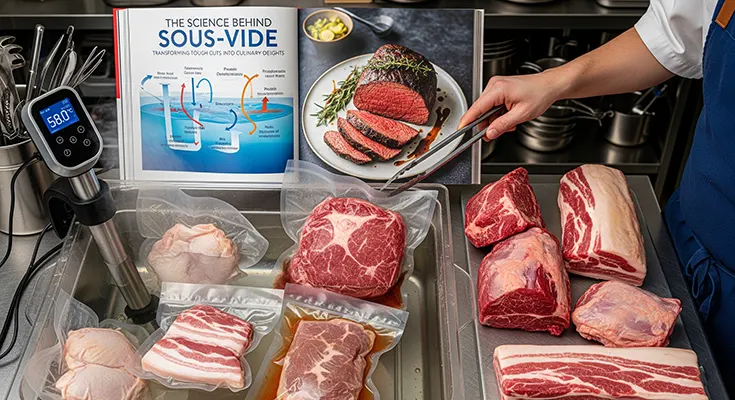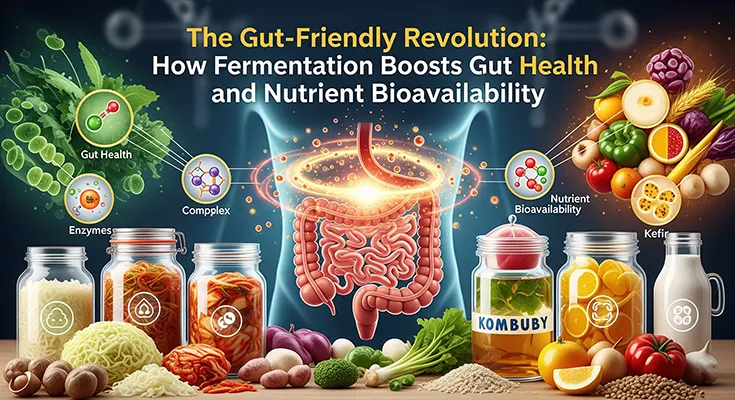
The Science Behind Sous-Vide: Transforming Tough Cuts into Culinary Delights
Sous-vide, a French term meaning “under vacuum,” is a cooking method that has revolutionized the culinary world, particularly when it comes to preparing meat. By cooking food in a precisely controlled water bath, chefs and home cooks alike can achieve unparalleled tenderness, moisture retention, and consistent results. While it might seem like a modern marvel, the science behind sous-vide’s ability to transform even the toughest cuts of meat into succulent masterpieces is rooted in fundamental principles of protein denaturation and enzymatic activity.
Precision Temperature Control: The Heart of Sous-Vide
The core of sous-vide cooking lies in its ability to maintain an exact cooking temperature for an extended period. Unlike traditional methods like grilling, roasting, or pan-frying, where external heat can easily overcook the outer layers while the interior struggles to reach the desired doneness, sous-vide ensures uniform cooking from edge to edge.
Meat is typically sealed in a vacuum-sealed bag …
The Science Behind Sous-Vide: Transforming Tough Cuts into Culinary Delights READ MORE

